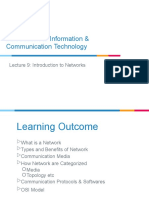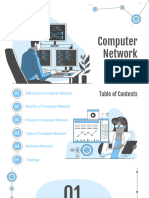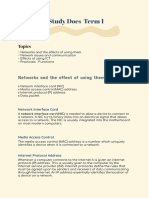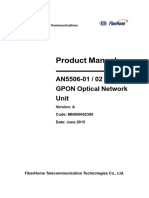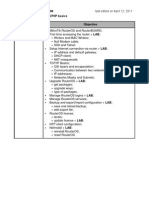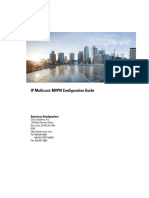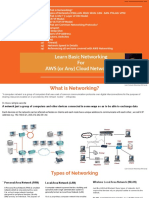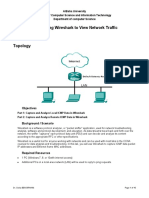0% found this document useful (0 votes)
30 views120 pagesNetwork Types and Topologies Guide
Uploaded by
sohailhammad16Copyright
© © All Rights Reserved
We take content rights seriously. If you suspect this is your content, claim it here.
Available Formats
Download as PDF, TXT or read online on Scribd
0% found this document useful (0 votes)
30 views120 pagesNetwork Types and Topologies Guide
Uploaded by
sohailhammad16Copyright
© © All Rights Reserved
We take content rights seriously. If you suspect this is your content, claim it here.
Available Formats
Download as PDF, TXT or read online on Scribd
/ 120



























